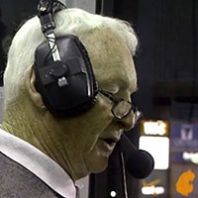
Spinach is suspect: A pathological mystery
The case started a few years ago when a farmer approached seed pathologist Lindsey du Toit at WSU Mount Vernon wondering what was damaging his spinach seed crop out in the field. He had planted on clean ground that hadn’t had spinach before. He wondered if maybe the stock seed had a problem.
“It didn’t make sense,” says du Toit, explaining that what happened to the plants didn’t fit with the known diseases. At the time, du Toit and one of her graduate students were looking at fungal pathogens in the seeds of spinach plants. About 75 percent of the spinach seed grown in … » More …








